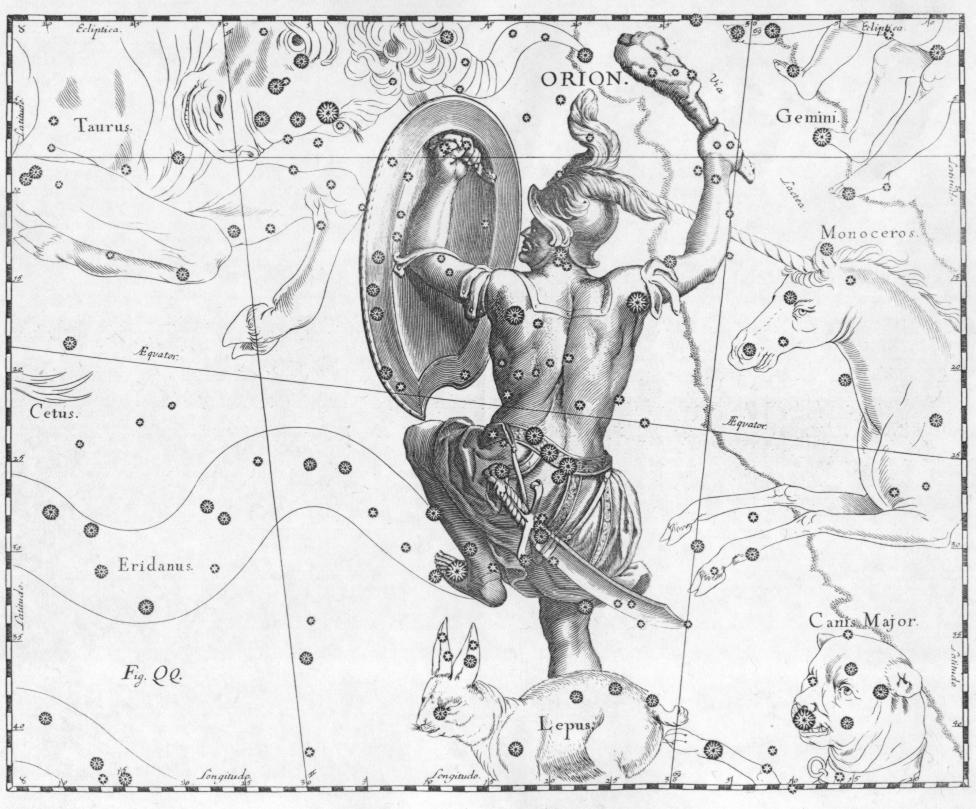Zooniverse is probably the largest platform for citizen science projects. They have more than 2 million registered volunteers that contribute to various projects. In my experience, the platform is easy to use. All the projects have useful tutorials and field guides that you can always check.
You can check the pdf booklet “Into the Zooniverse:Vol. II” to see some of their projects. On the projects page you can search for projects by discipline.
In this post I want to talk about a few projects that I enjoy. This may help some of the people that don’t really know where to start. I also hope to provide a few helpful tips.
Mapping Historic Skies
Mapping Historic Skies is my favorite project. The project belongs to the “Arts” and “Space” category or discipline. Your job is to identify constellations from historical celestial charts. Sometimes you can also mark the constellations on the charts. The charts are from Adler Planetarium’s cartography collection.
I enjoy this project because I like star gazing and I also like the mythology associated with the 48 classical Western constellations (now IAU divides the sky using 88 constellation boundaries). The constellations on most historical chart are represented by artistic renditions like the image below, while modern astronomy books usually just show the star pattern as they appear in the sky (a pattern of star is called “asterism”). This project gives you the chance to see many artistic styles throughout the ages.

One of the challenges of this project is to identify constellations that are now obsolete. You can find most constellations on this Wikipedia page. Recently, I encountered some obsolete constellations introduced by the German humanist Petrus Apianus (1495-1552). The Wikipedia page doesn’t really cover the Apianus constellations, but you can find a lot of info here (pdf article).
To make your job easies, I also recommend the Stellarium app. Stellarium is a planetarium app, and it is very easy to use. It even allows you to activate the artistic depictions of the constellations, so they look like the depictions on the historic charts.
World Architecture Unlocked
World Architecture Unlocked is a transcription project. You have to transcribe the info found on the image cards from the Courtauld’s photographic collection. I am a fan of ancient ruins, but I also enjoy the medieval and the more recent architecture. If you enjoy architecture, this project gives you the chance to see photos of various historic buildings (exterior and interior).
Before you start, you have to choose your country. I was happy to see that Romania (my native country) was added in a recent update. I did a few classifications for Greece and Romania. I actually learn a few things about various Romanian monasteries from various regions. This project can be a source for travel ideas.
ATHENA: Spot Species in Fine Art
ATHENA: Spot Species in Fine Art is a project where you have to identify and classify animal and plant species depicted in paintings and drawings from the collection of Rijksmuseum in Amsterdam. Right now, it seems that the project is out of data.
The project was relatively simple. You have to look at a picture or a drawing and try to see if any animal or plant is present. If a plant or animal is present, you mark the locations in the image and you also provide a general classification for the plant or animal ( like tree, shrub, grass, fish, mammal, reptile etc).
The description of the project implies that the project will have a second phase. The second phase is about refining the basic categories for animals and plants. You will have to classify using more specific categories, like the actual species of the plant or animal. Let’s hope that the project will not become too complicated. I am not good at naming plants. But at the same time, the difficulties force you to learn new things.
